How To Choose Shampoo For Your Hair Type?
Human hair is made out of dead keratin cells produced by the follicle in the top layer of the scalp. It can be said thus that hair is made of protein - and the body needs to ingest protein for a scalp full of healthy hair.
However, the shampoos and hair care products you choose to use can also impact the health of your scalp and hair, both. Choosing the right products not only helps to maintain great hair, but also prevents further damage that may be happening due to using unsuitable products. Here are a few reasons why you should carefully pick a shampoo for your hair care routine.
Why is it important to Choose the Right Shampoo ?
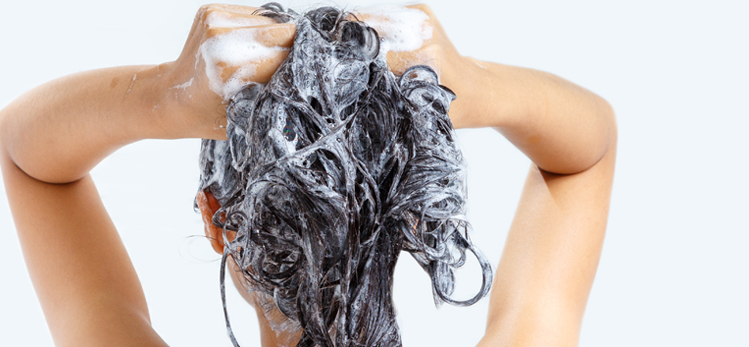
The first function of shampoos is to cleanse the oil and dirt away from the follicles on your scalp. By choosing the correct product according to your scalp type, problem, and hair type, you can actually stimulate hair growth to some extent. Today, many organic shampoos do not contain harsh chemicals or soaps, which helps maintain a healthy scalp. Let us see why it is important to choose the right shampoo for your scalp.
The right shampoo gives you the best results. Using color-special shampoo for colored hair will not only cleanse your head and hair, but also be gentle on the color treatment. It can strengthen the strands and prevent breakage. A shampoo meant for voluminizing is best for thinner hair. Choosing your shampoo based on scalp needs is the best way to maintain easily manageable tresses.
The right shampoo promotes scalp health. Since the ingredients in the shampoo would be just right (for example, tea-tree oil or ketoconazol shampoo for dandruff-prone hair) for your hair concerns, your scalp will always feel fresh and stimulated. This helps boost follicle health.
The right shampoo minimizes hair damage from haircare products. Being able to clean the residue from the hair and scalp without stripping off the essential skin oils helps the skin to keep hair damage to a minimum. It also helps to bring out the natural shine of your hair.
Finding The Right Shampoo
Choosing the right shampoo for your hair depends on how well you know your scalp. Concerns, type, oiliness or dryness, frequency of wash - all these parameters play a role in the type of shampoo you should ultimately choose. Here are a few handy tips to help you choose the best shampoo for your scalp.
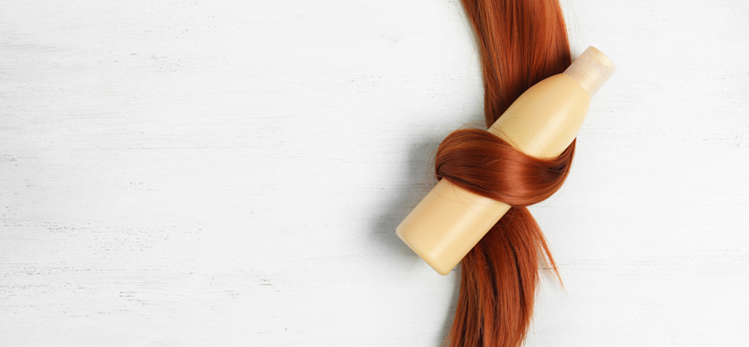
Choosing Shampoos by Hair Type
The first thing to consider while selecting shampoos is hair type
Dry hair tends to be brittle and break easily, which is why a gentler shampoo with moisturizing ingredients should be the primary choice. If a stronger shampoo is selected, it may make your hair frizzier and difficult to comb through.
Oily hair results from a scalp that secretes too much sebum. An oil-fighting shampoo that gently clears the sebum away and unclogs the follicles is the best choice in this case. Washing your hair more frequently with such a shampoo will give the best results.
Neutral hair lies somewhere between dry and oily hair. Gentle shampoos that do not irritate the follicles work best in this case. Look for soap-free versions that you can frequently use to wash your hair.
Choosing Shampoos by Purposes
Every shampoo is developed with a goal in mind. The strength of cleansing and ingredients differ by these standards, making it necessary to select the suitable one for your purpose (color protection, voluminization, frizz control, etc.).
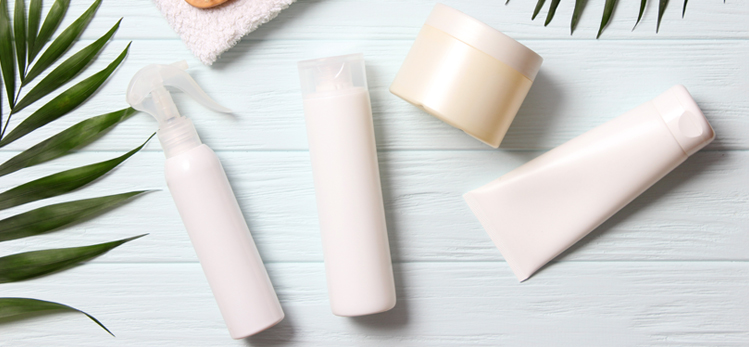
Daily care shampoos. These shampoos are general and meant only for cleaning the dirt off your scalp. They do not have any special goal - thus can be used every day.
Treatment care shampoos. These are shampoos developed with gentler formulas that do not harm your hair treatment, such as colors or smootheners. This way, your treatments last longer while giving you the benefit of good hair days.
Concern shampoos. For scalp problems like fungal infections, dandruff, hair fall, etc., there are shampoos developed with special ingredients that help target such issues singularly.
Aesthetics shampoos. These shampoos can give your hair better aesthetics, such as shine, volume, tangle-control, conditioning, etc. If you have dull hair without any scalp problems, using such shampoos may help.
It makes all the the difference when you use the right hair care products made to suit your needs.
Conclusion
While the primary goal is to achieve a good level of scalp hygiene, shampoos today can do much more for your hair. You can get the best results for soft, silky hair by choosing the right products suitable for your unique scalp and hair.
Myth Busters HairFall
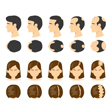
Androgenetic Alopecia - Everything You Need To Know
Have you been experiencing excessive hair fall over a prolonged period of time? It could be an early sign of androgenetic alopecia. It is a hair loss disorder common in both genders and can lead to progressive thinning and even baldness in some patients if not caught and treated early.
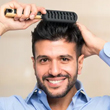
How To Make Hair Grow Faster For Men
A head full of healthy hair is a matter of confidence. Hair has its own mechanism of growing and shedding, and it is when this mechanism is thrown off that growth is hindered. Especially in the case of males, hair growth faces a lot of hiccups that can easily be managed.
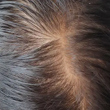
Female Pattern Baldness - Causes & Treatments
Have you suddenly noticed an increase in the number of hair strands on your pillow in the morning? Or is your ponytail getting thinner by day? Well, you might be suffering from female pattern baldness. While that does sound scary, identifying it early on is key to treating this condition effectively. So keep reading to know what this is, how you can identify it, and most importantly, what treatments you can avail of to get your beautiful lustrous hair back.
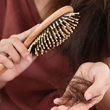
What Are The Reasons For Hairfall?
Almost everyone experiences some amount of hair thinning over the years. Shedding around 50 to 100 single strands of hair per day is considered normal. However, losing more than 150 strands a day, experiencing sudden thinning, or developing circular bald patches on your scalp are reasons for concern. Hair loss occurs when new hair doesn’t grow fast enough to replace the amount of hair you lose daily. Hair can fall due to various reasons, with hereditary hair loss and poor nutrition being the most common hair fall reasons.

Expert Approved Tips For Hair Growth
What can be more debilitating than seeing hundreds of hair strands shedding from your scalp every time you brush your hair? Also, excessive molting occurs during seasonal changes that can be very stressful for you. Although it’s okay to lose between 50-100 strands every day, according to the American Academy of Dermatology, the problem occurs when you start shedding more than normal. But that doesn’t mean you have to feel helpless as there are ways to grow your hair back. Even if you are coping with baldness or alopecia, certain hair growth tips from dermatologists can come to your rescue. Read on to discover how these tips can be your savior when abnormal hair fall problems are in sight.
Trending Videos
+ 3 Sources
LMRC - GGI-CO-A2-DMA-300026127-300026127-WM-J21-282
© 2021 Dr. Reddy’s Laboratories Ltd. All rights reserved.